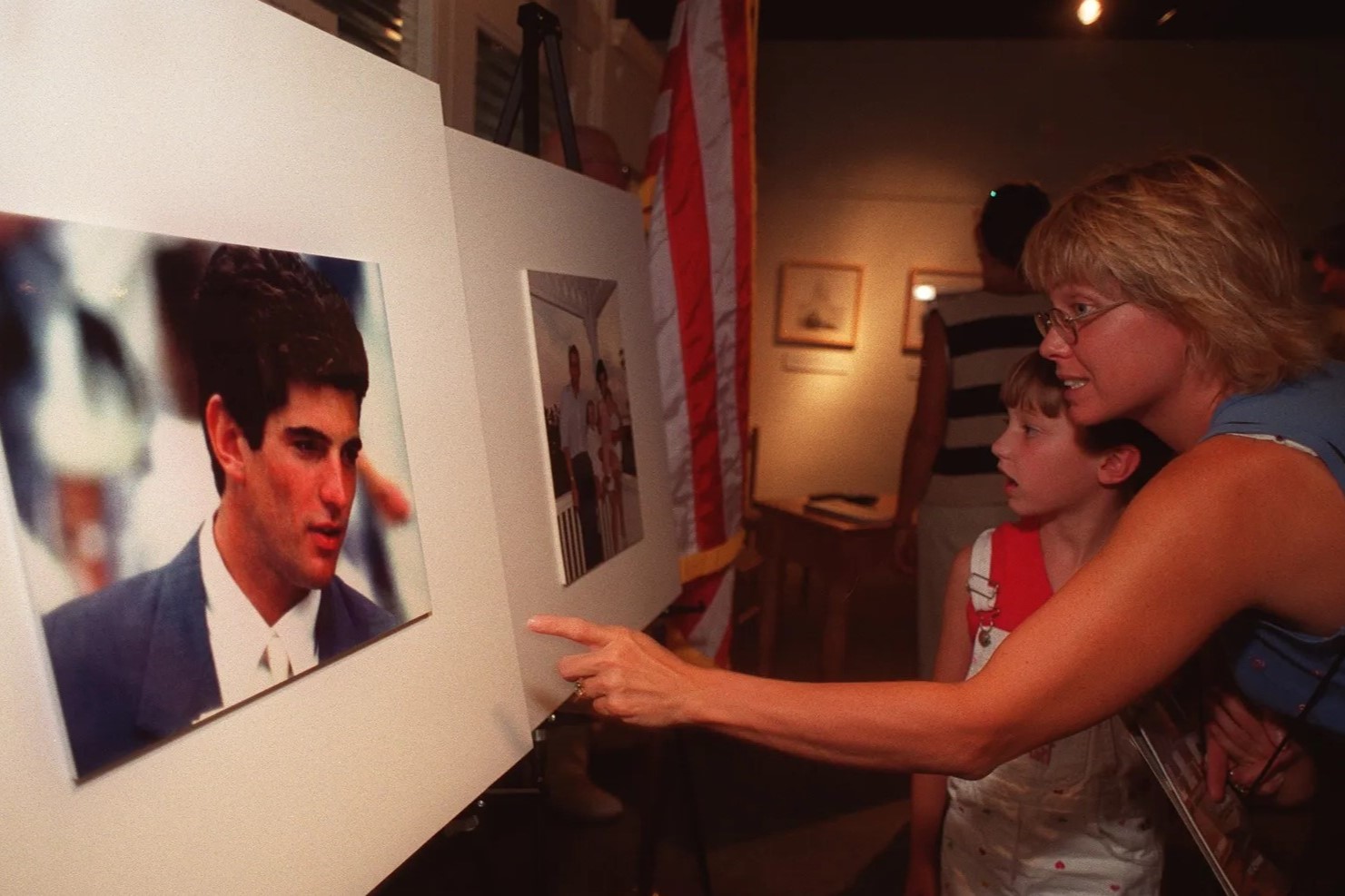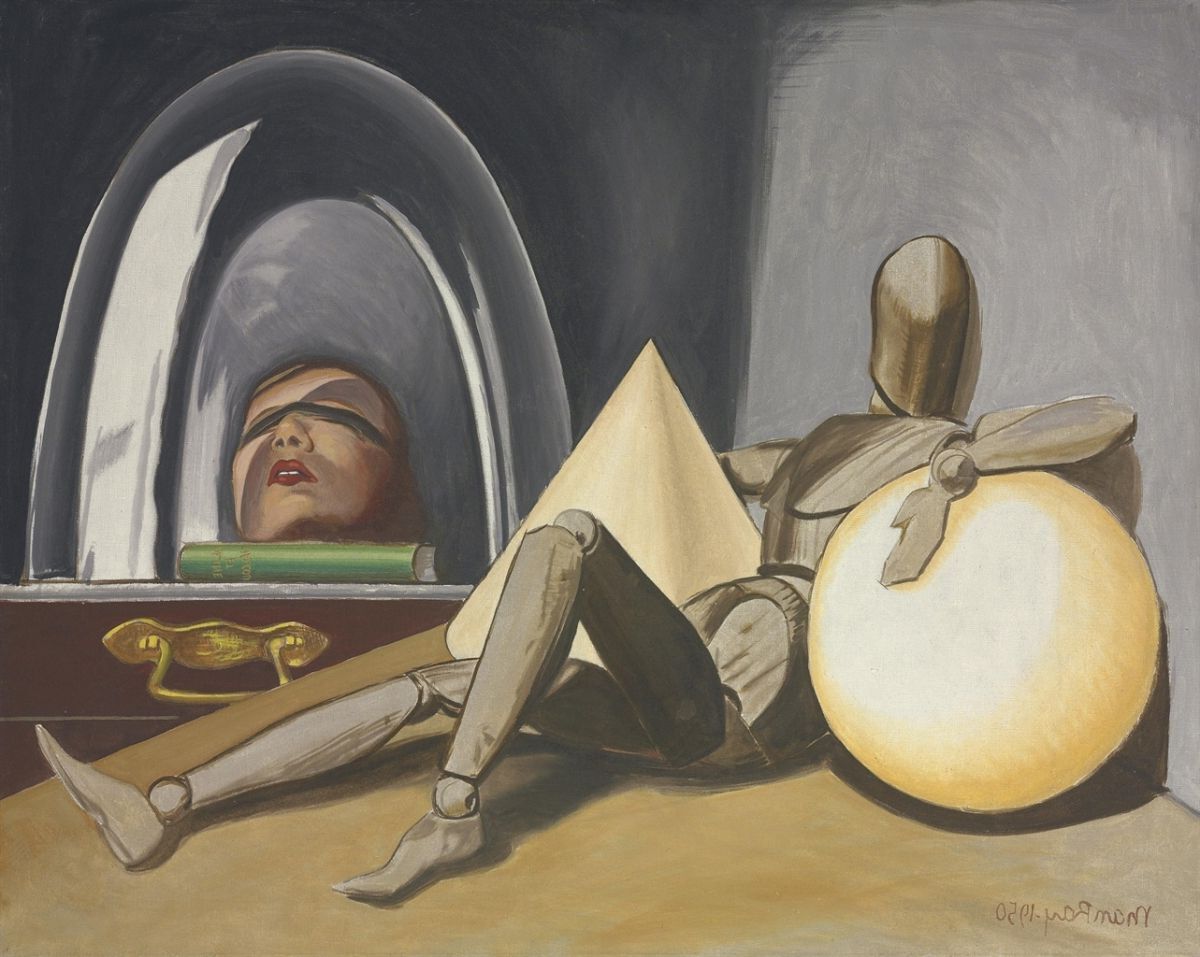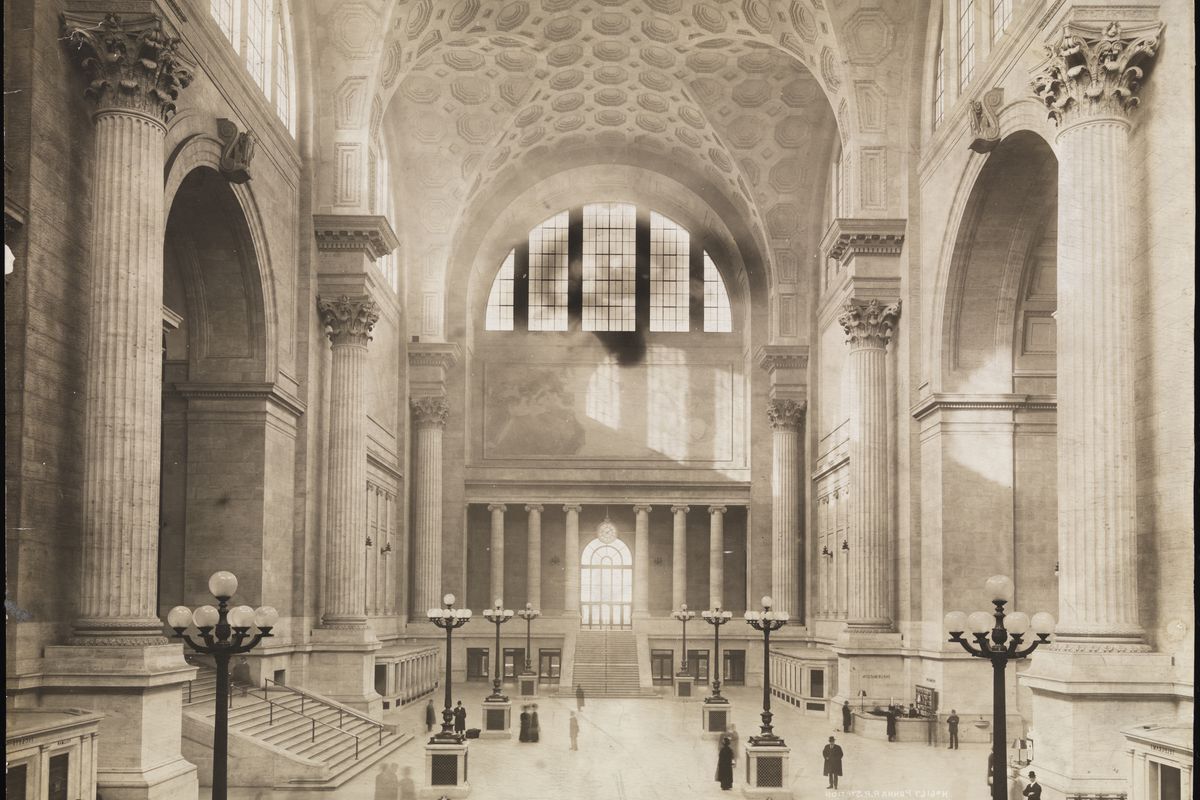
What really happened to JFK Jr.'s plane? The tragic crash of John F. Kennedy Jr.'s plane on July 16, 1999, left the world in shock. JFK Jr., his wife Carolyn Bessette-Kennedy, and her sister Lauren Bessette were on board. The aircraft, a Piper Saratoga, went down in the Atlantic Ocean near Martha's Vineyard. Pilot error was cited as the primary cause, with JFK Jr. struggling to navigate in poor visibility. Conspiracy theories have swirled ever since, but the official investigation pointed to spatial disorientation. This heartbreaking event marked the end of a promising life and left many questions in its wake.
Key Takeaways:
- JFK Jr.'s tragic plane crash in 1999 was caused by poor visibility, lack of instrument training, and pilot error, leading to a legacy of improved aviation safety and public awareness.
- The crash led to increased emphasis on pilot training, updated regulations, and memorials, highlighting the risks of private aviation and the Kennedy family's history of untimely deaths.
The Tragic Event
The plane crash involving John F. Kennedy Jr. remains one of the most talked-about aviation tragedies. Here are some compelling facts about that fateful day.
-
Date of the Crash: The accident occurred on July 16, 1999. It was a Friday evening when JFK Jr. piloted the aircraft.
-
Aircraft Type: The plane was a Piper Saratoga, a single-engine aircraft known for its reliability.
-
Passengers: Onboard were JFK Jr., his wife Carolyn Bessette-Kennedy, and her sister Lauren Bessette.
-
Destination: They were heading to Martha's Vineyard for a family wedding.
-
Departure Point: The flight took off from Essex County Airport in New Jersey.
The Pilot
JFK Jr. was not just a public figure but also a licensed pilot. His experience and decisions on that day are crucial to understanding the crash.
-
Pilot's License: JFK Jr. obtained his pilot's license in 1998, a year before the crash.
-
Flight Hours: He had logged about 310 hours of flight time, with 55 hours in the Piper Saratoga.
-
Instrument Rating: He was not yet certified for instrument flight rules (IFR), which are crucial for flying in poor visibility.
-
Night Flight: This was his first solo night flight over water, a challenging task even for experienced pilots.
Weather Conditions
Weather played a significant role in the tragedy. Understanding the conditions helps explain the difficulties faced during the flight.
-
Visibility: Visibility was poor due to haze and darkness, making navigation challenging.
-
Weather Reports: Weather reports indicated that conditions were marginal for visual flight rules (VFR).
-
Horizon Visibility: The horizon was not visible, complicating spatial orientation for the pilot.
The Flight Path
The route taken by the plane and the decisions made during the flight are critical to the story.
-
Flight Plan: JFK Jr. did not file a formal flight plan, which is not uncommon for private pilots but adds risk.
-
Route: The intended route was from New Jersey to Martha's Vineyard, then to Hyannis Port.
-
Altitude: The plane was flying at an altitude of about 5,500 feet before it began to descend.
-
Descent: The aircraft began a rapid descent about 34 miles from Martha's Vineyard.
The Crash
The final moments of the flight and the crash itself are both tragic and revealing.
-
Impact: The plane crashed into the Atlantic Ocean near Martha's Vineyard.
-
Speed: The aircraft was descending at a rate of 4,700 feet per minute before impact.
-
Debris: Wreckage was scattered over a wide area, indicating a high-speed impact.
-
Depth: The wreckage was found at a depth of about 120 feet.
The Investigation
The investigation into the crash provided insights and raised questions about what went wrong.
-
NTSB Report: The National Transportation Safety Board (NTSB) led the investigation.
-
Cause of Crash: The NTSB concluded that the probable cause was pilot error due to spatial disorientation.
-
Spatial Disorientation: This occurs when a pilot cannot correctly interpret the aircraft's attitude, altitude, or airspeed.
-
Contributing Factors: Contributing factors included haze, darkness, and the pilot's lack of experience with instrument flying.
The Aftermath
The aftermath of the crash had a profound impact on aviation safety and the Kennedy family.
-
Search and Rescue: A massive search and rescue operation was launched, involving the Coast Guard and Navy.
-
Bodies Recovered: The bodies of JFK Jr., Carolyn, and Lauren were recovered five days after the crash.
-
Memorial Service: A private memorial service was held on July 22, 1999.
-
Public Reaction: The crash shocked the nation and led to an outpouring of grief.
Legacy and Lessons
The crash of JFK Jr.'s plane left a lasting legacy and taught important lessons in aviation safety.
-
Aviation Safety: The crash led to increased emphasis on pilot training and the importance of instrument ratings.
-
Kennedy Family: The tragedy added to the Kennedy family's history of untimely deaths.
-
Media Coverage: The event received extensive media coverage, highlighting the risks of private aviation.
-
Pilot Training: Emphasis on the importance of proper training for night and instrument flying increased.
-
Regulations: The FAA reviewed and updated regulations for private pilots following the crash.
-
Public Awareness: The crash raised public awareness about the challenges and risks of flying small aircraft.
-
Memorials: Various memorials and tributes have been established to honor the lives lost in the crash.
Reflecting on JFK Jr's Tragic Flight
JFK Jr's plane crash remains a poignant chapter in aviation history. The accident, which claimed the lives of John F. Kennedy Jr., his wife Carolyn Bessette-Kennedy, and her sister Lauren Bessette, serves as a stark reminder of the importance of pilot training and weather awareness. Despite his experience, JFK Jr. faced challenging conditions that night, leading to the tragic outcome.
Understanding the factors that contributed to the crash can help prevent future accidents. Pilots must always prioritize safety, stay updated on weather conditions, and seek additional training when necessary. The legacy of JFK Jr. continues to inspire many, but his untimely death underscores the need for vigilance in aviation.
By learning from this tragedy, we honor the memory of those lost and strive to make flying safer for everyone.
Frequently Asked Questions
Was this page helpful?
Our commitment to delivering trustworthy and engaging content is at the heart of what we do. Each fact on our site is contributed by real users like you, bringing a wealth of diverse insights and information. To ensure the highest standards of accuracy and reliability, our dedicated editors meticulously review each submission. This process guarantees that the facts we share are not only fascinating but also credible. Trust in our commitment to quality and authenticity as you explore and learn with us.


